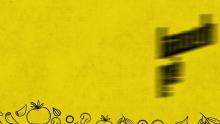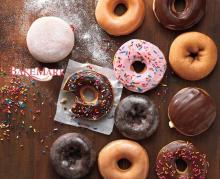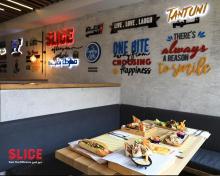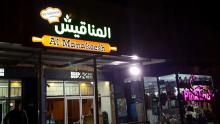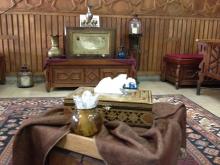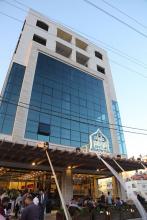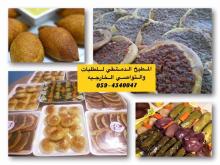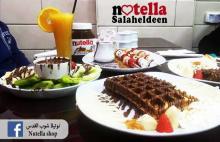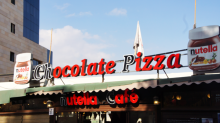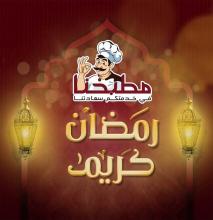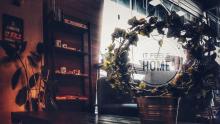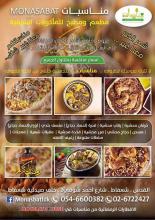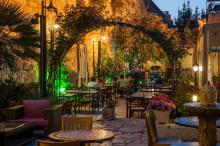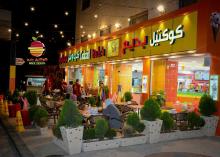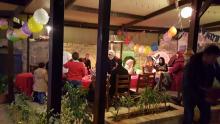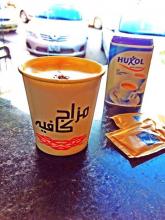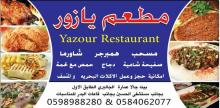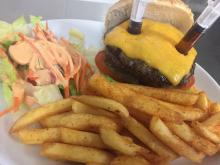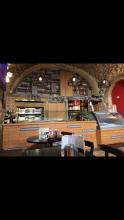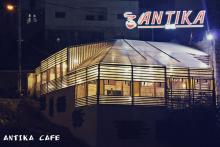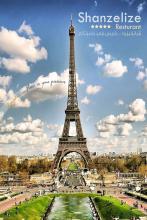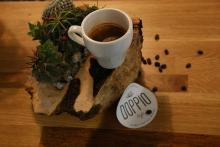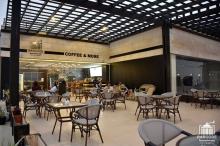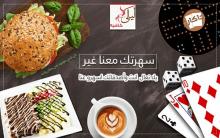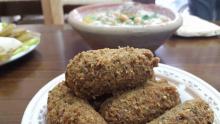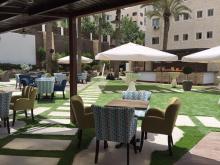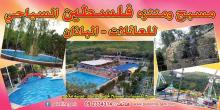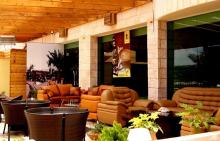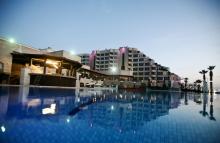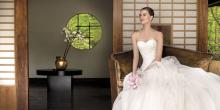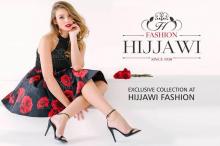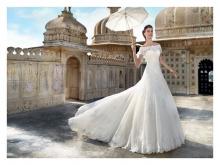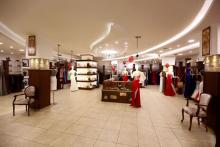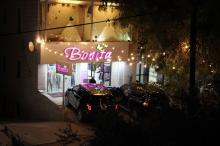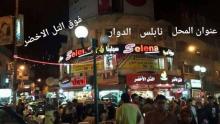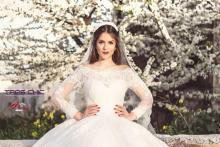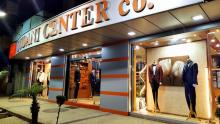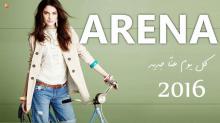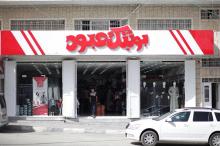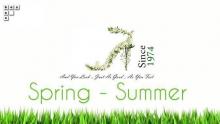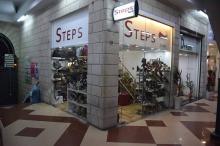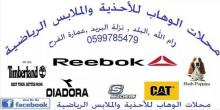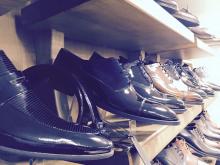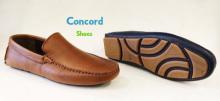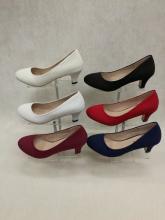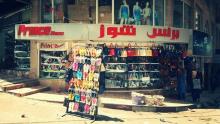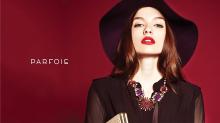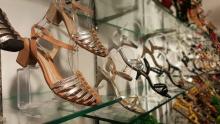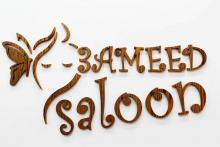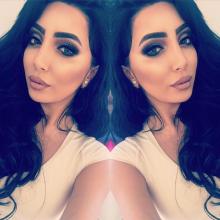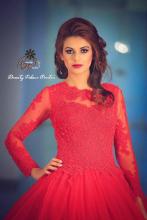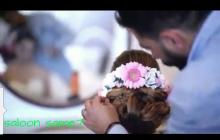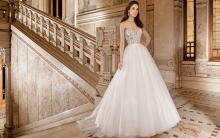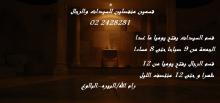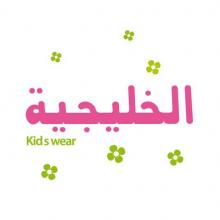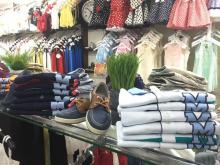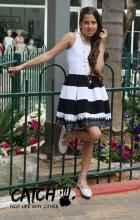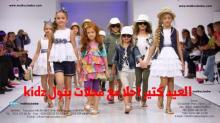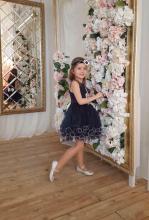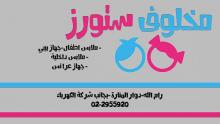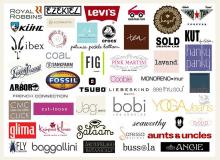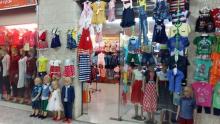يتشرف غاليري زاوية بدعوتكم لحضور افتتاح معرض "تَحَوُّل" للفنان كريم ابو شقرة وذلك يوم السبت ٢١ اكتوير ٢٠١٧ الساعة السابعة مساء.
يستمر المعرض حتى ٢٣ نوفمبر ٢٠١٧
ساعات دوام الغاليري: ١١ صباحا - ٧ مساء يوميا ما عدا الجمعة
إن مجموعة كريم أبو شقرة الأخيرة هي سلسلة رائعة من اللوحات التي تجمع وتحول الصور المطلة من أعماله السابقه بشكل سريالي وواضح الألوان،إلا أنه يثير الإنزعاج في بعض الأحيان. فالحيوانات والنباتات والطيور تلتف في طبقات وتندمج في ما يشبه كائنات هجينة متعددة الأعين، تتكشف أشكالها الغريبة الجديدة عبر اللوحات في فوضى من تثنيات غير مريحة، إن لم تكن حتى باعثة على الألم.
يتبع أبو شقرة أسلوبا إنتقائيا ،حيث تبدو لوحاته الزيتية والاكريليك المشرقة مستوحاة من أشكال التكعيبية والسريالية، وكذلك من عناصر الفن الشعبي المفضلة من قبل العديد من معاصريه الفلسطينيين، بما في ذلك عمه الراحل عاصم أبو شقرة، والذي وصفه الفنان بذي تأثير جوهري عليه. كما تختلف اللوحات عن بعضها البعض بشكل كبير: ففي كل قطعة لاتتحرك وحوش كريم الهجينة من خلال تكوينات جسدية جديدة وحسب، بل من خلال تجارب جديدة مع النمط والطلاء أيضا.
ووفقا لما ورد على لسان الفنان، وفي هذه السلسلة بحد ذاتها ، "تتجلى" صور ورموز الحيوان كوسيلة لإدراك حدود الإنسان والإنسانية في عصرنا الراهن. وعلى هذا النحو، وفي بعض الصور يظهر الحيوان والبشر في وئام تكافلي، وترنو نحو بعضها البعض بمودة، وتكاد أن تندمج معا في فضاء هذه اللوحات.ومع ذلك ،فإنه في لوحات أخرى تبدو هذه العلاقة أكثرغرابة. فهناك أسماك مرسومة بدقة تطفو فوق رجل مستغرق في التفكير ، فتسأل عما إذا كان الأزرق الذي يغمر الصورة هو البحر أو السماء،مسبغة على تلك الرزانة غرابة طفيفة؛وديك صغير، يختال في منظور مفكك، فوق نساء مسطحات بحوافر يدين ووجوه ناحبة صارخة. وفي كل مكان فإن الإنسان ،وبطريقة ما، قد تم التفوق عليه أو قد انتهى بفعل هجمات أشكال من الحيوانات.
ومع ذلك فإن الحيوانات ليست الرموز الوحيدة التي تم توظيفها في هذه اللوحات. حيث كتب أبو شقرة أيضا أن هذه الصور تشكل استجابة لحقائق الحياة اليومية المعاشة ، وعلى وجه الخصوص، للتجارب الجماعية في المعاناة والمشاق. ولذلك فإنه ليس من المستغرب من ناحية أن نرى هنا بعض الزخارف البالية، بل حتى الكليشيهات، من الذخيرة الرمزية الفلسطينية: الحمامة، الصبارو فرع الزيتون. ومع ذلك، فإن أبو شقرة يجعلها مثيرة للدهشة والإستغراب: فالصبار قد أعطي عيون طيور خرزية تنظر إلى الحوت العائم،وأغصان الزيتون تجثم بانشراح فوق أجنحة ببغاوات من الصبار أو على ذلك المنظر المخيف من القرون والعيون. وربما تكمن قوة لوحات أبو شقرة في إعادة الصياغة الغاضبة هذه لكليشيهات المعاناة.فهو من خلال تجديده لهذه الرموزو بإبداع وحشي لامعقول ، فإنها ترفض المألوف من روايات الألم والقدرة على التحمل ، لتطالب بطريقة جديدة لوجودها.
ولد كريم أبو شقرة في أم الفحم عام 1982، في أسرة مشهورة بشغفها بالفن والإبداع.وقد تأثر بشكل خاص بالأعمال الفنية لعمه الراحل عاصم أبو شقرة، والذي دعم باستمرار شغفه للفن وموهبته. إن أعمال أبو شقرة مستوحاة من قطع وأجزاء وشظايا ذكريات الطفوله، والتي تعكس صلته العميقة بالطبيعة ومحيطه الحياتي.وقد شارك كريم أبو شقرة في العديد من المعارض الجماعية والفردية في فلسطين وعلى الصعيد العالمي.و تشمل بعض معارضه الشخصية معرض "استمرارية الصبار" في معرض غالاري ون ، رام الله (2015). "وحدة الإنسان الطبيعة والحيوان" في معرض أم الفحم للفنون (2015)؛ "ذكريات الطفولة" في صالون يافا للفن الفلسطيني (2012)؛ "أبيض وأسود" في المسرح الوطني الفلسطيني، القدس (2009)، وغيرها الكثير. وبالإضافة إلى ذلك، فقد شارك في العديد من المعارض الجماعية مثل "وجوه ... لمحة في الوقت" ، في حوش الفن الفلسطيني ،الحوش، في القدس الشرقية (2014). ندوات أوستراكا، شرم الشيخ، مصر (2011).
Zawyeh Gallery is pleased to invite you to the opening of "Metamorphosis"; an exhibition by Karim Abu Shakra.
Opening reception: Saturday 21st of October 2017 from 7.00 - 9.00 pm.
Exhibition continues until 23 November 2017 daily except Fridays from 11.00 am - 7.00 pm.
Karim Abu Shakra’s most recent collection is a remarkable series of paintings that combine and transform recurring images from his previous work in ways that are vividly colourful and surreal, but sometimes disturbing. Animals, plants and birds are layered and merged into what resemble hybrid, many-eyed creatures, their strange new shapes unfolding across the canvases in a chaos of awkward, even painful contortions.
Abu Shakra’s style is eclectic, his bright oil and acrylic canvases seeming to draw inspiration from variants of cubism and surrealism as well as from elements of the folk-art favoured by many of his Palestinian contemporaries, including his late uncle Assem Abu Shakra, named by the artist as a key influence. The paintings also differ considerably from one another: in each piece the artist’s hybrid beasts move not only through new bodily configurations, but also through new experiments with pattern and paint.
According to the artist himself, this particular series ‘manifests’ images and symbols of the animal as a means of apprehending the limits of the human, and the humane, in our time. As such, in some images animal and human appear in symbiotic harmony, turning to one another for affection, and almost blending together in the painted space of the canvases. In others, however, their relationship is stranger. A minutely drawn fish floats above a pensive man, asking whether the blue that washes the image is sea or sky, and rendering his stoicism faintly absurd; a fierce, cubic cockerel struts in disjointed perspective above flat women with hoof-hands and starkly weeping faces. Throughout, the human is in some way outdone, undone, by the onslaught of animal figures.
Animals are not, however, the only symbols put to work in these paintings. Abu Shakra also writes that these images constitute a response to the lived realities of his everyday life, and in particular, to collective experiences of suffering and hardship. On one level, therefore, it is not surprising to see here certain well-worn motifs, even clichés, of the Palestinian symbolic repertoire: the dove, the cactus, the olive branch. And yet somehow, Abu Shakra makes it surprising: cacti are given beady bird-eyes with which to gaze at a floating whale; olive branches perch cheerily on the wings of cactus-cockatoos, or eerily pattern a landscape of horns and eyes. It is perhaps in this furious reworking of the clichés of suffering that the power of Abu Shakra’s paintings is most potent. By renewing these symbols with an absurd and monstrous creativity, they refuse familiar narratives of pain and endurance, and demand a new way of being.
Born in Umm al-Fahm in 1982, Karim Abu Shakra was raised in a family renowned for its passion for art and creativity. He was especially influenced by the artwork of his late uncle, Assem Abu Shakra, who continuously supported his passion for art and his talent. Abu Shakra’s work is inspired by bits and pieces, and fragments of his childhood memories, which reflect his deep connection with nature and his surroundings.
Karim Abu Shakra has participated in several group and solo exhibitions in Palestine and internationally. Some of his solo exhibitions include The Endurance of Cactus at Gallery One, Ramallah (2015); Unity of Man Nature and Animal at Umm al-Fahm Art Gallery (2015); Childhood Memories at Jaffa Saloon of Palestine Art (2012); Black and White at the Palestinian National Theatre, Jerusalem (2009), among many others. In addition, he has participated in many group exhibitions such as Faces... a glimpse in time, at Palestinian Art Court al Housh in East Jerusalem (2014); Ostraka Symposiums, Sharm Al- Sheikh, Egypt (2011).


